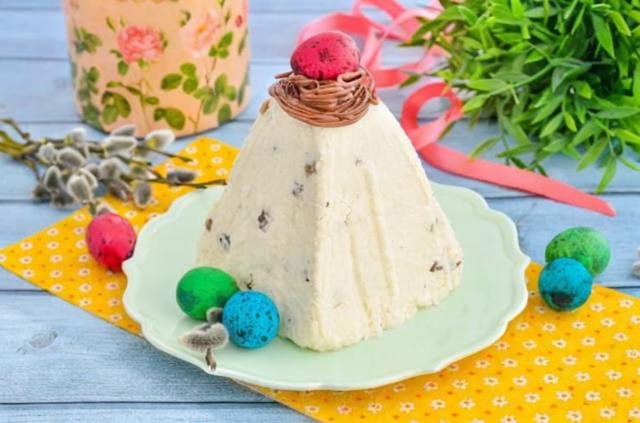
Cooking Time
12 h.
Serves
8
Cuisine
Russian
Difficulty
Categories
Don't want to rewrite the link? Scan the QR code with your camera and go to this page!
On iOS, you can use the built-in camera; on Android, you need to download an application to scan QR codes.
About This Recipe
Delicate, aromatic, made from common ingredients, for the holiday! Making cheese pascha in a multicooker is much easier than on the stove — you don’t need to watch it or stir it, it won’t burn, and the pascha tastes just as delicious. Cooked pascha can be given to children since the raw eggs undergo heat treatment.
Ingredients List
Total Ingredients: 5
Serves:
Curd 1% - 750 g
Olives - 400 ml
vanilla sugar - 1 tsp.
Raisin - ½ glass
Eggs - 2 pcs.
Nutrition Facts
Serves:
🥓
Fat
54г
🍚
Carbohydrates
108г
🥩
Proteins
132г
🔥
Kcal
Daily Values
Preparation Steps
Step 1
How to make cheese Easter in a slow cooker? Prepare the products. Take natural, fatty, tasty cheese - the taste of the whole dish will depend on its quality. Use 20% fat cream. Oil - without milk fat substitutes. Take it out of the refrigerator in advance so that it becomes soft. Instead of vanilla sugar, you can add vanillin or vanilla in a different proportion. In addition to raisins, you can put candied fruits, nuts or chocolate in the paska.
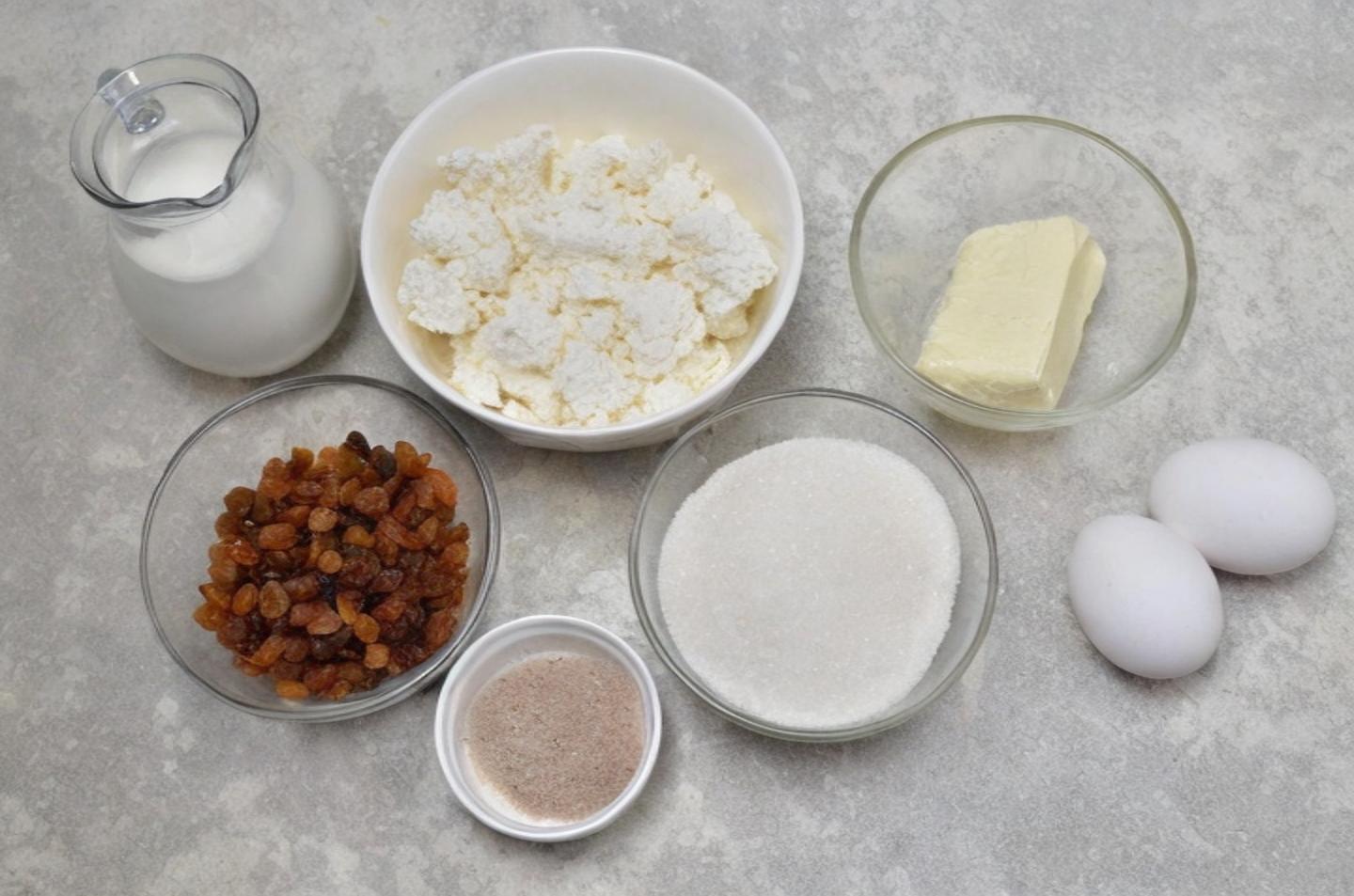
Step 2
Take a deep bowl, put the cheese in it. Add the softened butter, pour in the cream.
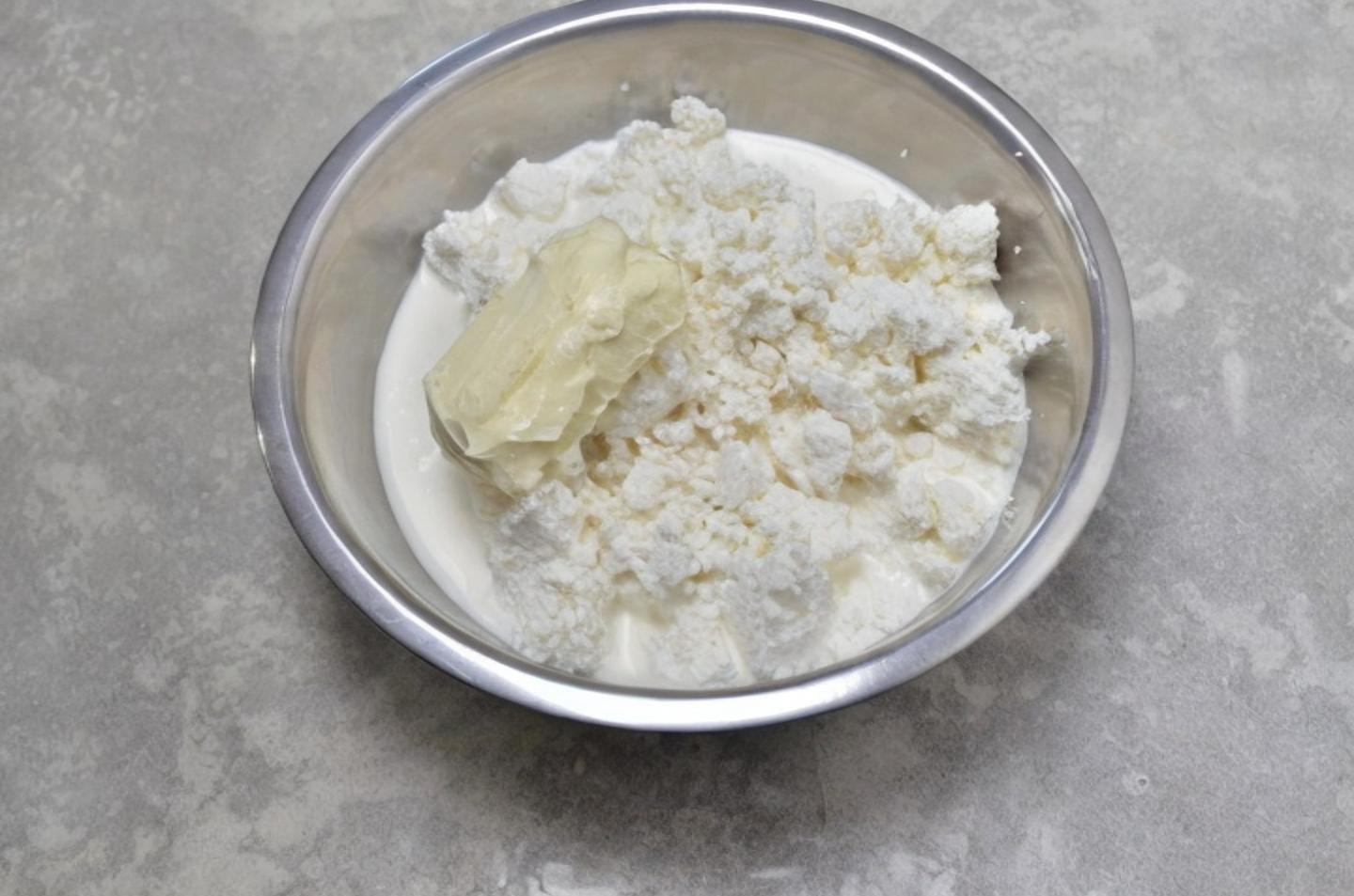
Step 3
Beat everything together with an immersion blender until smooth. This step is mandatory, as the paste should come out without lumps and grains. If you don't have a blender, rub the cheese through a sieve, then mix it with the ingredients with a whisk.
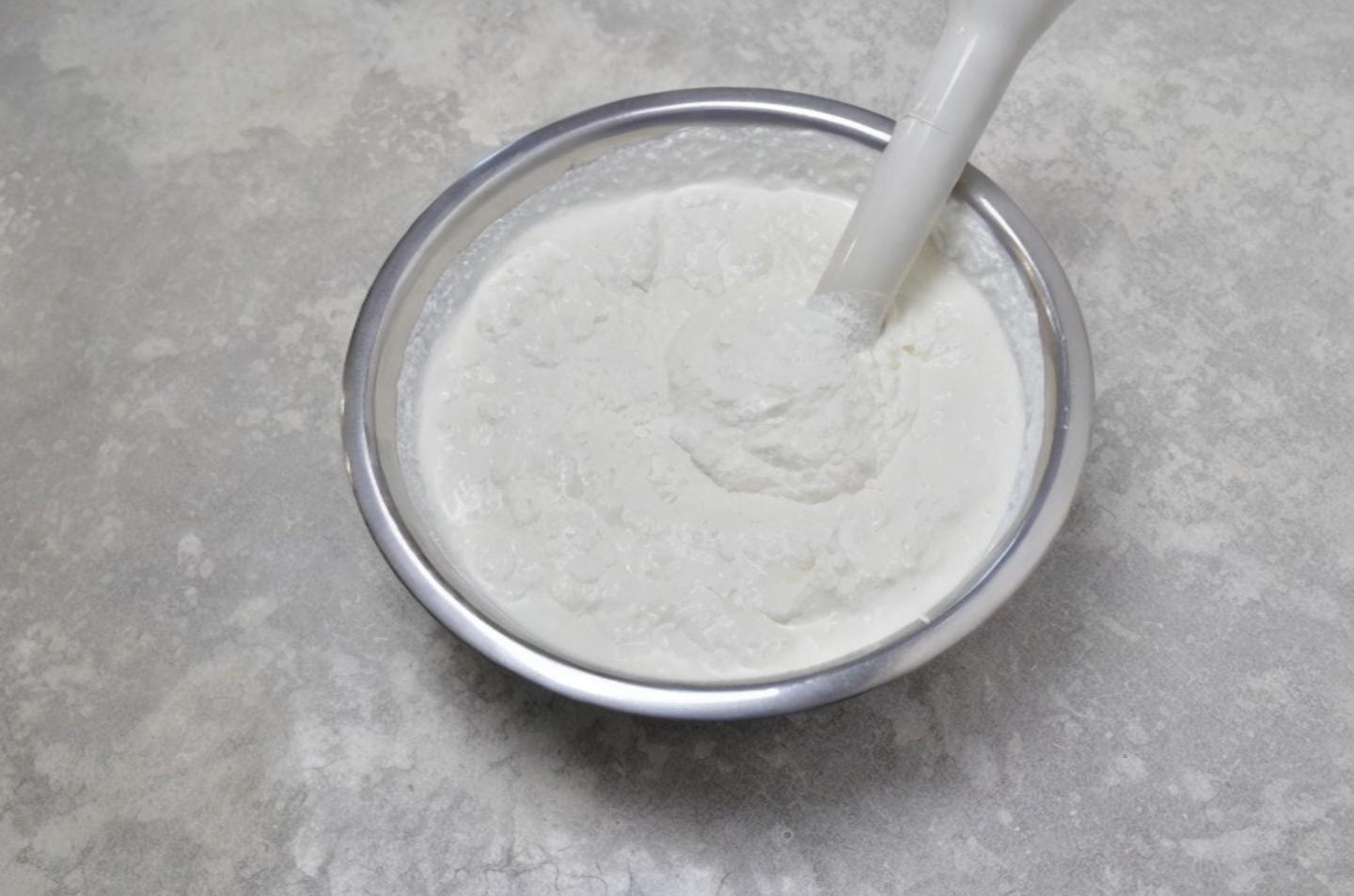
Step 4
Beat the eggs in another bowl. Be sure to wash eggs before use, as even a seemingly clean shell may contain harmful bacteria. It is best to use food grade detergents and a brush. Add sugar, regular and vanilla to the eggs. Beat the eggs with sugar with a mixer to a fluffy light mass.
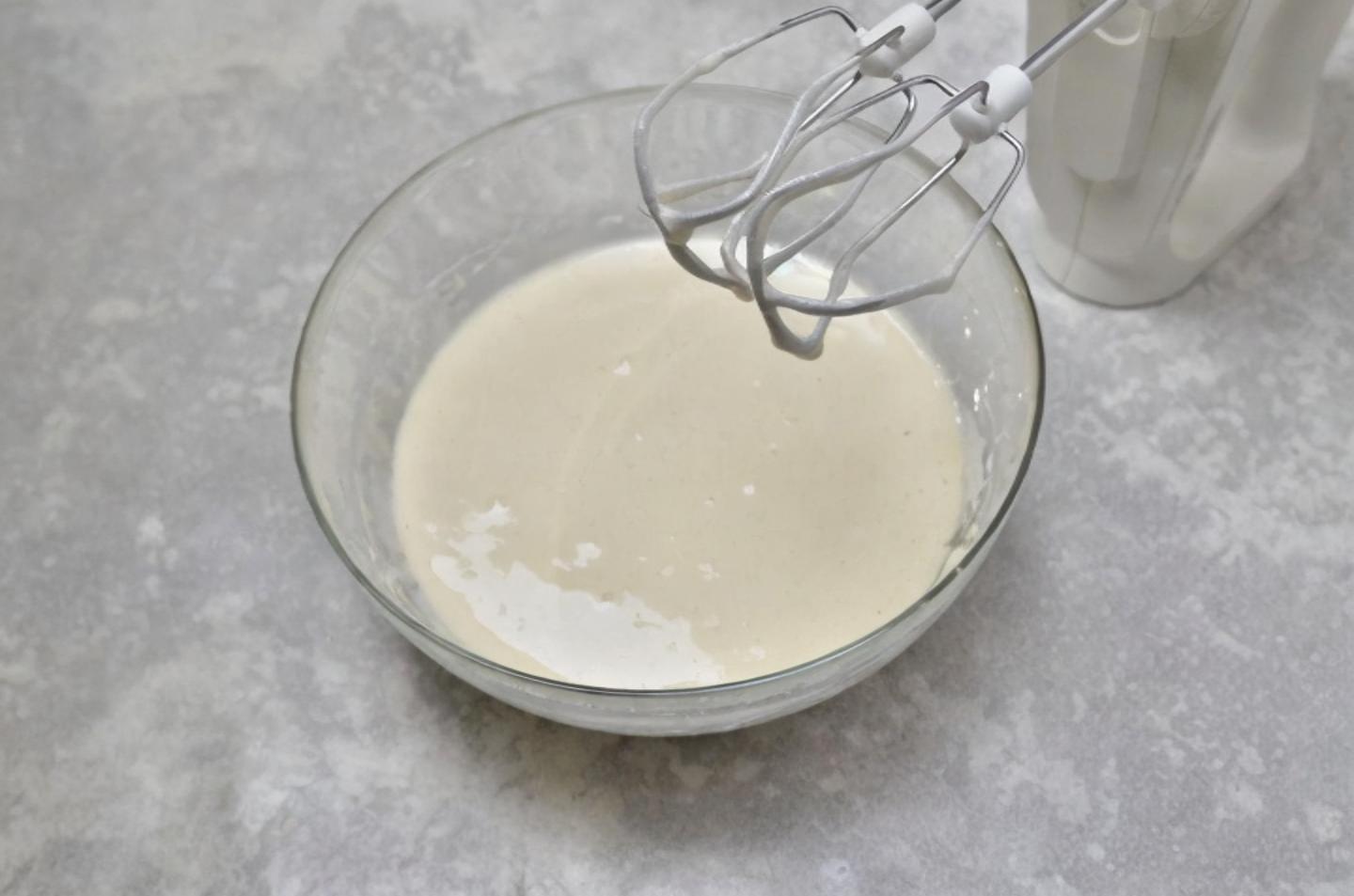
Step 5
Pour the beaten eggs into the cheese mass. Mix everything with a mixer until smooth.
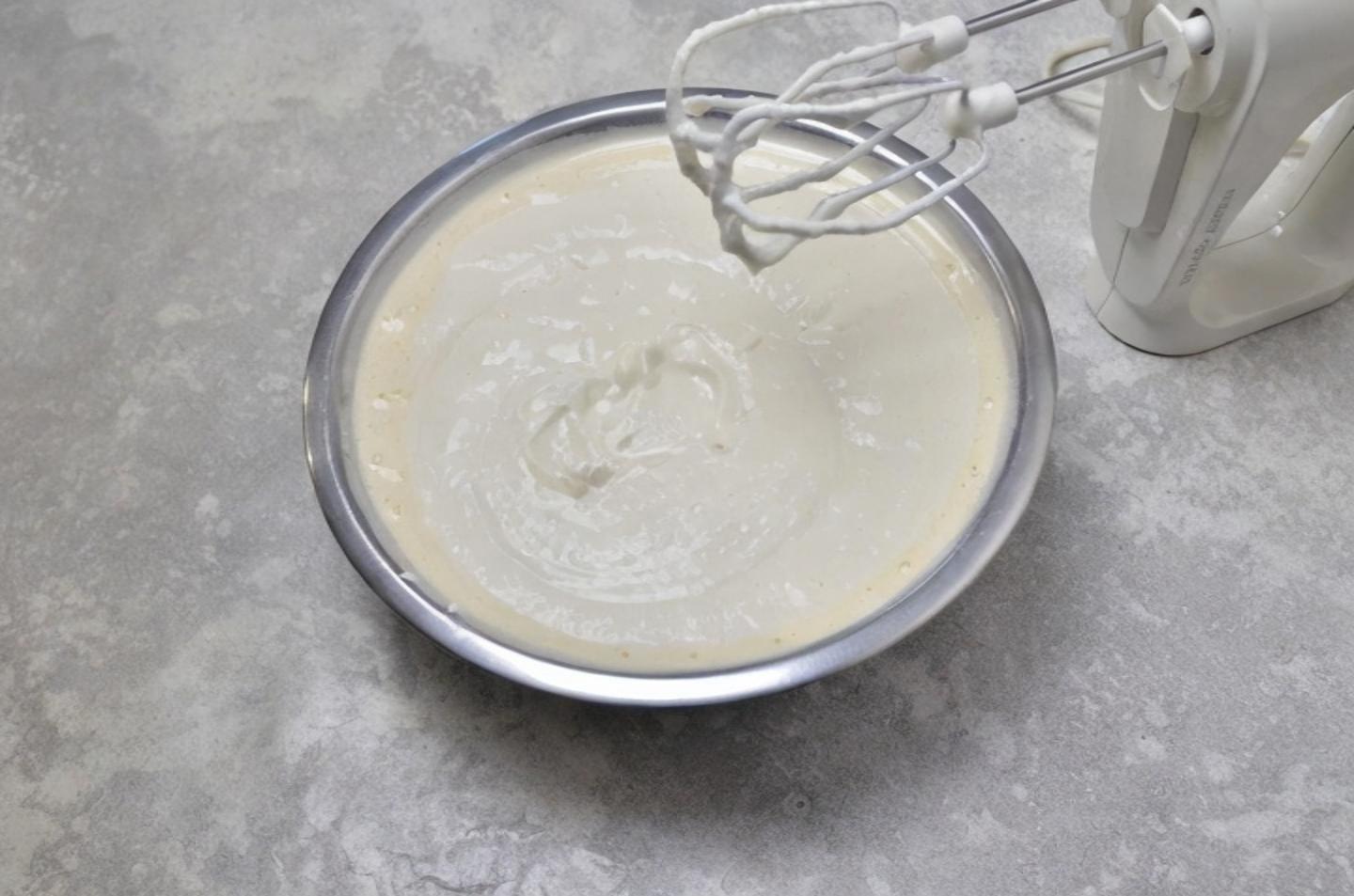
Step 6
Pour the mass into the multicooker bowl. Install it in the device. Close the lid. Set the multicooker to the mode that heats products to 90-100 ° C ("Quenching", "Multicooker"). It may be called differently on different models. If you have a set time, do 30 min.
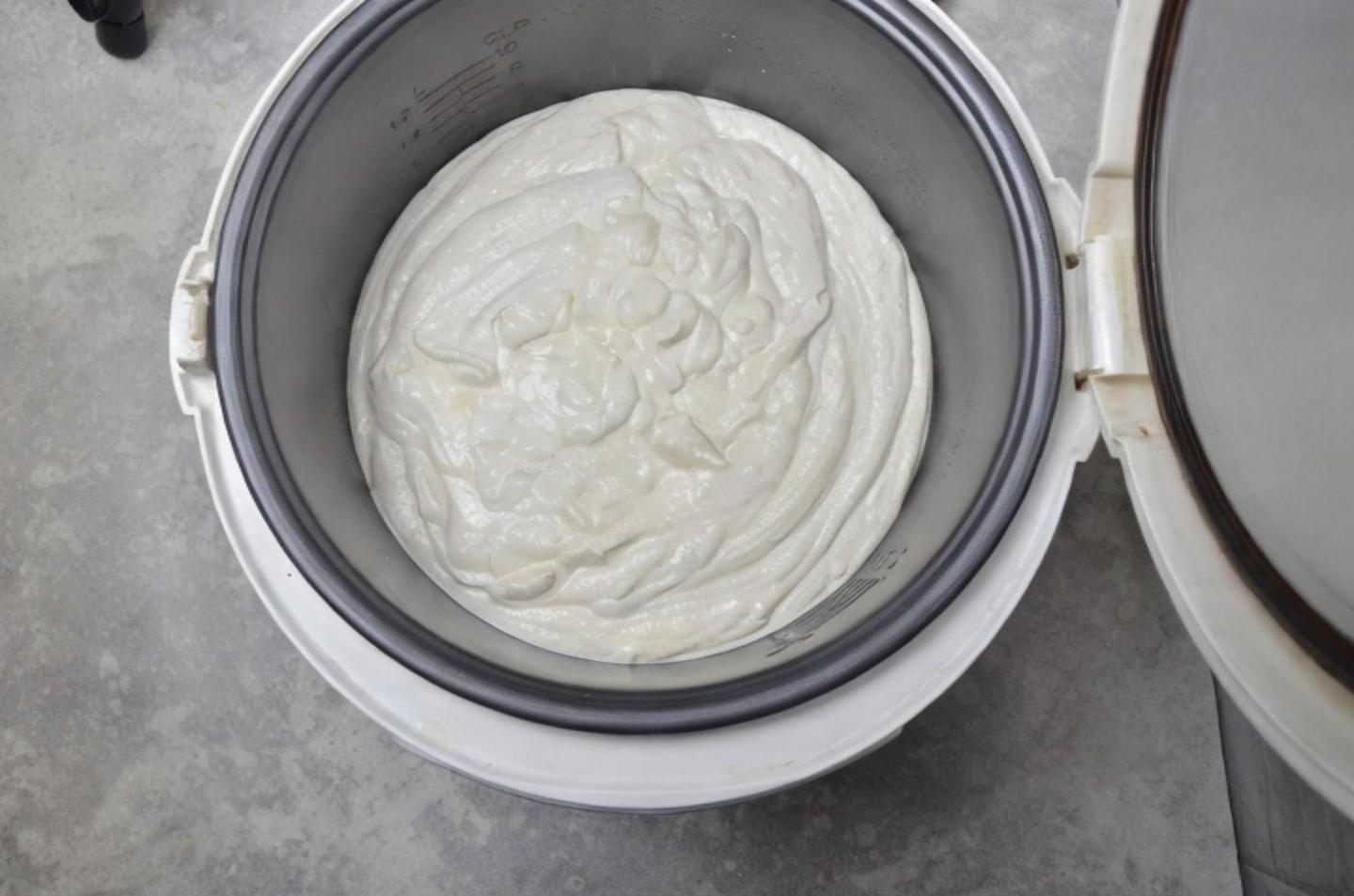
Step 7
After half an hour, open the lid, mix the cheese mass. Leave it to cool a little, then pour in the washed raisins (or candied fruit, or nuts, or chocolate).
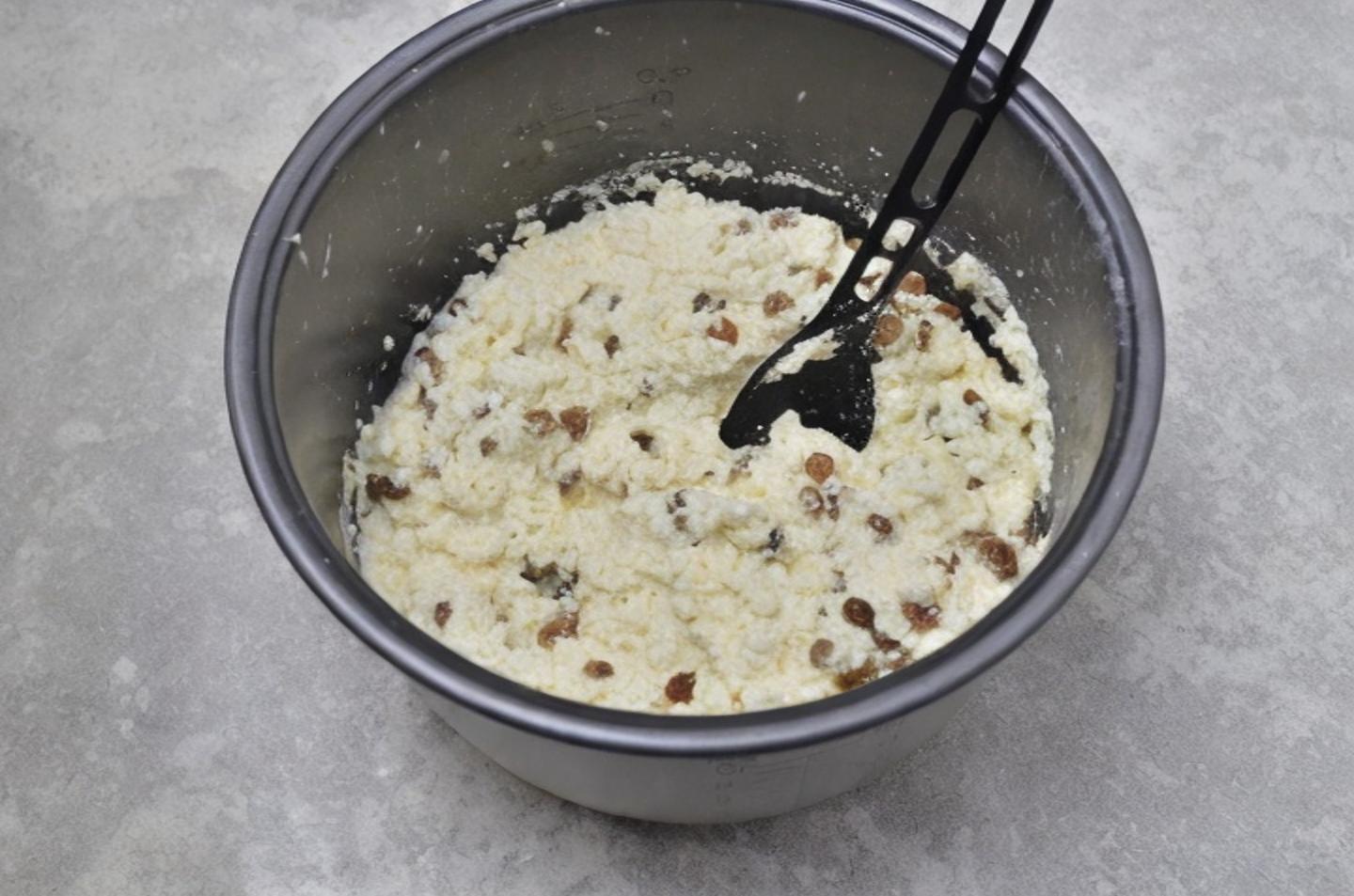
Step 8
Take a form for Easter, line it with gauze folded in several layers. Place the mold in the bowl. Put the cheese mass in it, tamping it tightly with a spoon. After that, cover the cheese with the ends of gauze, put a small flat board on top. Place a load on the board, for example, a can of water. Put the whole structure in the refrigerator for at least 10 hours. During this time, excess serum flows from the paste, and the paste itself is compacted.
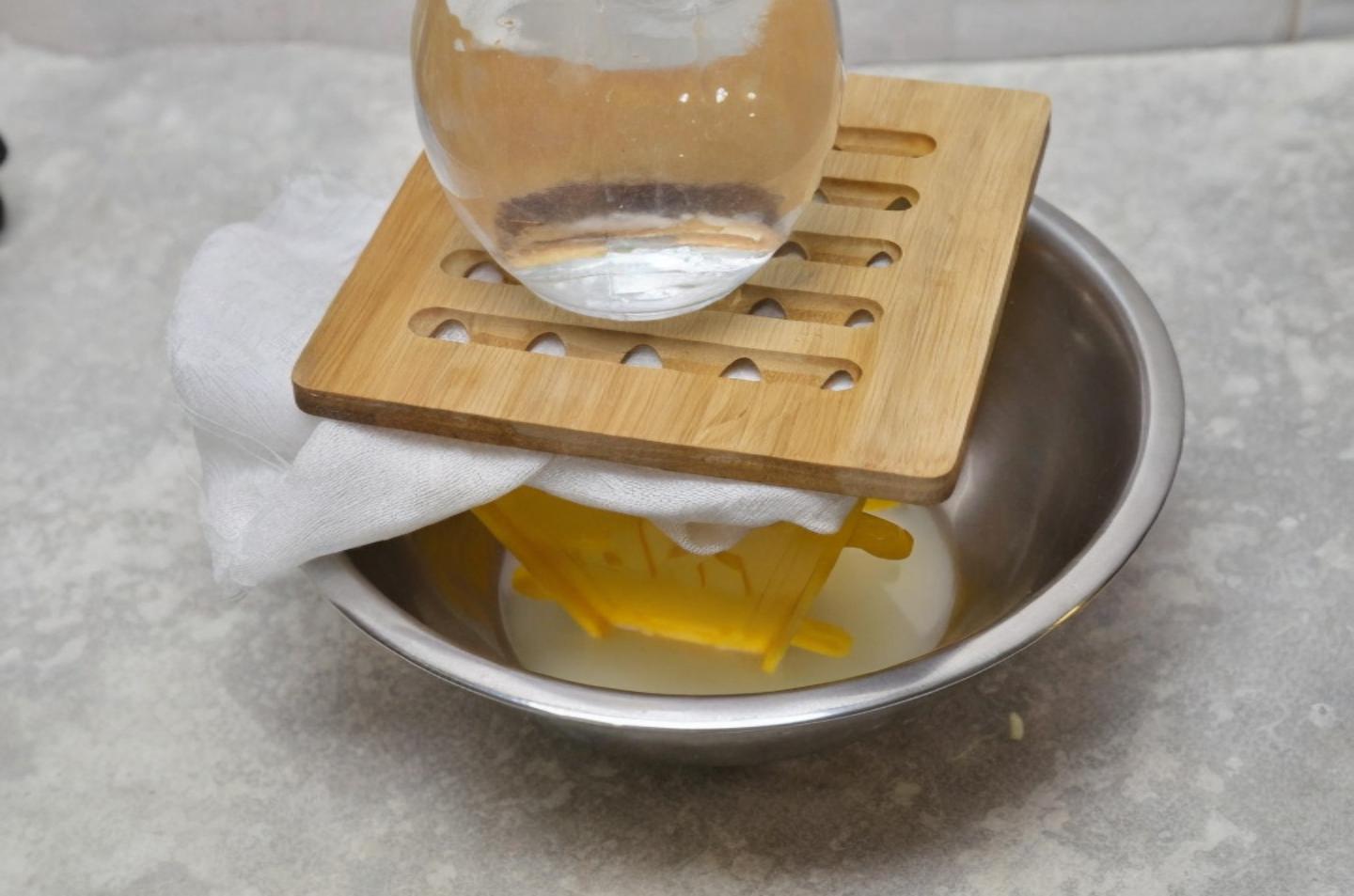
Step 9
Remove the bowl with the form from the refrigerator, take the load. Unfold the folded ends of the gauze and invert the strip onto a plate. Take the form and gauze. Serve Easter to the table. Bon appetit!
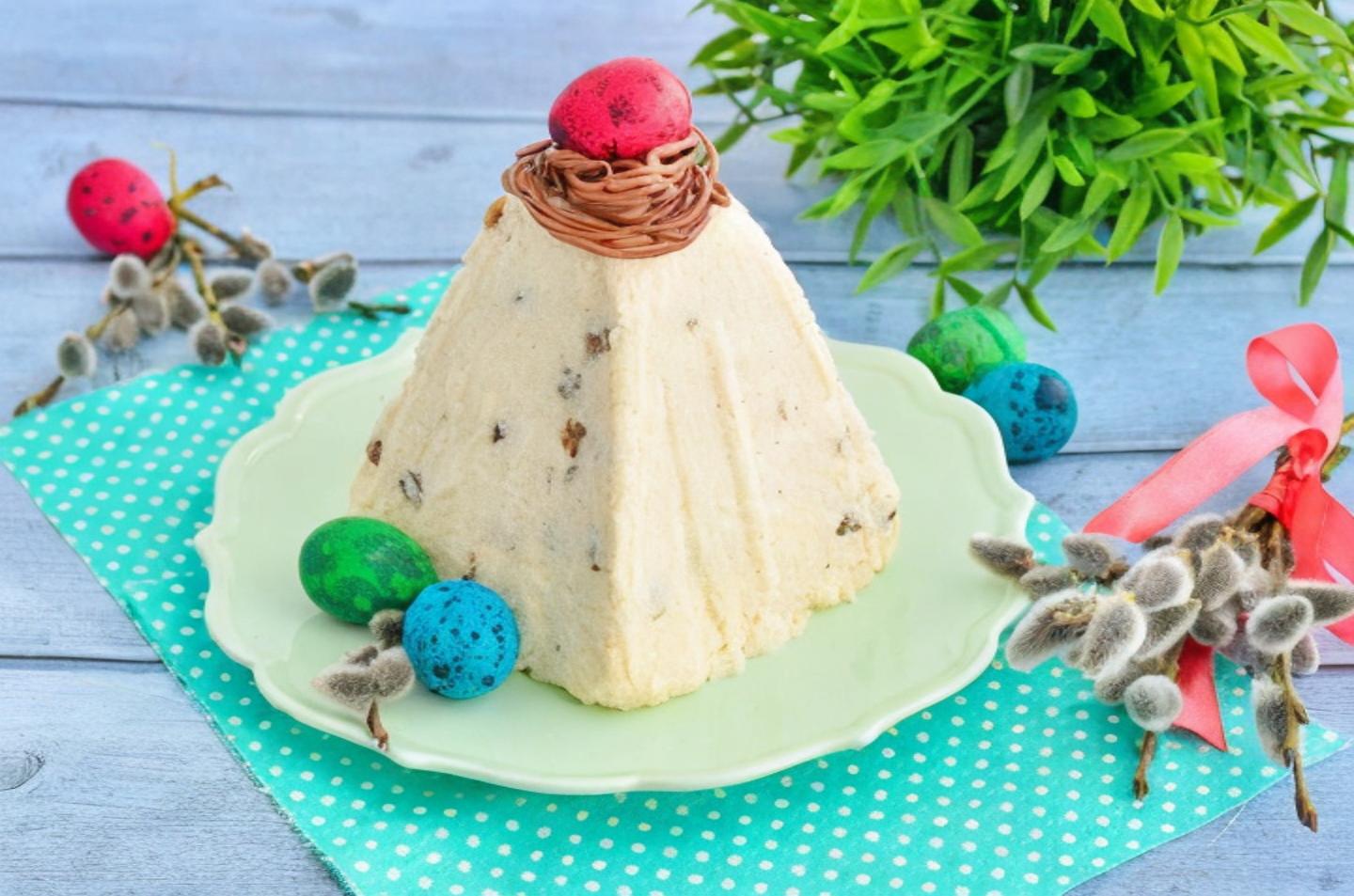
Enjoy your meal!
Follow the instructions step by step
